In recent years, the robotics industry has developed rapidly, with robots being widely used in various fields, especially in industry. It is not difficult to see their enormous potential. At the same time, we must recognize that the booming development of the robotics industry relies on advanced scientific research progress and technical support. What are the most cutting-edge technologies in robotics?
On November 30, 2022, OpenAI released the chatbot modelChatGPT, which immediately sparked global discussion among users. ChatGPT demonstrates various amazing capabilities, such as fluent conversations, coding, scriptwriting, and error correction. Following AlphaGo’s victory over Lee Sedol and the rise of AI painting, ChatGPT has become another new internet sensation and undoubtedly represents one of the most advanced technologies in the field of robotics.
1. Soft Robots – Flexible Robotics Technology

Flexible robots closing valves
Flexible robotics technology refers to the development, design, and manufacturing of robots using flexible materials. Flexible materials have the characteristic of being able to change their shape freely over a wide range, showing great application potential in pipeline fault inspection, medical diagnostics, and reconnaissance detection.
2. Shape-Shifting Robots – Liquid Metal Control Technology
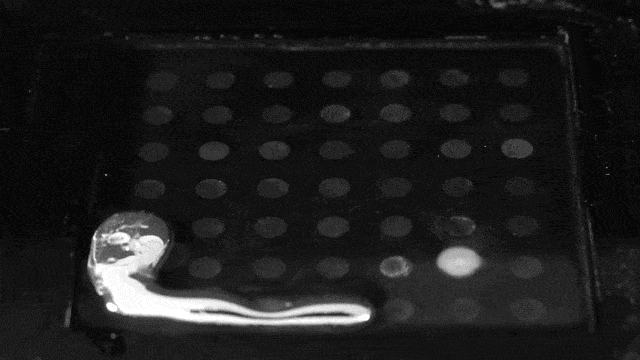
British scientists control liquid metal through programming
Liquid metal control technology refers to a technique that accurately controls the appearance characteristics and motion state of liquid metal materials through the external electromagnetic field. It can be applied in intelligent manufacturing, disaster rescue, and other fields.
Liquid metal is a non-crystalline, flowing liquid metal. Current technology focuses mainly on the casting and forming of liquid metals, while liquid robots remain a promising vision.
3. Biological Signals Control Robots – Myoelectric Control Technology
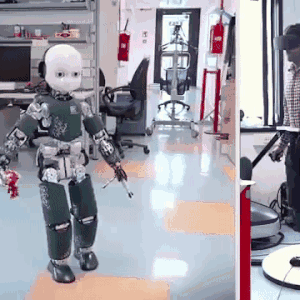
The iCub robot developed by the Italian Institute of Technology
Myoelectric control technology utilizes surface electromyographic signals from the human upper limb to control robotic arms, showing broad applications in remote control and medical rehabilitation.
4. Robots Can Have Skin – Sensitive Tactile Technology
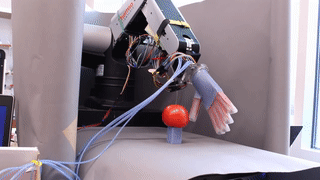
The tactile robotic hand “Gentle Bot” grasping a tomato
Sensitive tactile technology refers to new tactile sensors based on electrical and micro-particle tactile technologies, enabling robots to be more sensitive to the shape, texture, and hardness of objects, ultimately allowing them to perform a series of complex tasks in medical, exploration, and other fields.
5. “Active” Communication – Conversational Intelligent Interaction Technology

The Sophia robot, which once claimed to destroy humanity
Robots developed using conversational intelligent interaction technology can not only understand users’ questions and provide accurate answers, but also actively guide conversations in the absence of complete information.
6. Robots Have Psychological Activities – Emotion Recognition Technology
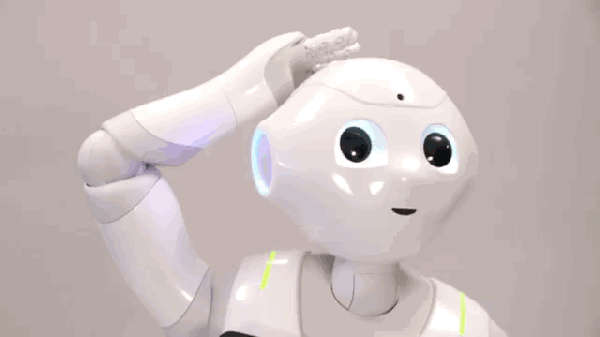
Japan’s SBRH developed Pepper for emotion recognition
Emotion recognition technology enables effective recognition of human emotions and even psychological activities, allowing robots to acquire observation, understanding, and reaction capabilities similar to humans. This technology can be applied in robot-assisted medical rehabilitation, criminal investigation, and other fields.
Recognizing and interpreting human facial expressions is a derivative technology that coexists with facial recognition.
7. Control Machines with Thoughts – Brain-Computer Interface Technology
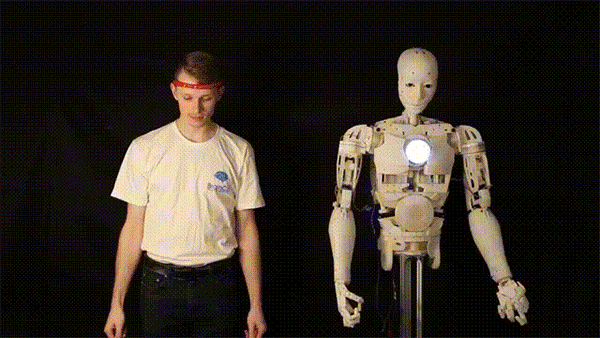
Using focused education to write with thoughts
Brain-computer interface technology refers to the collection, recognition, and transformation of electrical activity and characteristic signals of the nervous system, allowing commands from the human brain to be directly transmitted to specified machine terminals. This technology can be applied in assistance for the disabled, disaster rescue, and entertainment experiences.
8. Robots Leading the Way – Autonomous Driving Technology
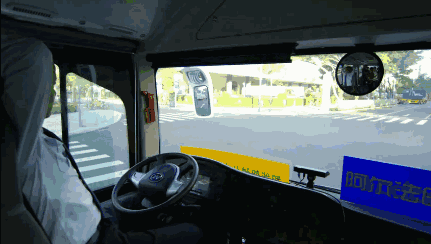
The “Alpha Bus” intelligent driving public transport system
Using autonomous driving technology can provide humans with automated, intelligent loading and transportation tools, extending to road condition testing, national defense military security, and other fields.
9. Recreate Virtual Scenes – Virtual Reality Robot Technology
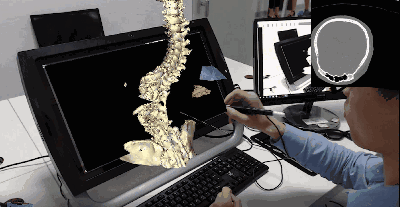
mVRVirtual reality surgical planning system processing clinical cases of the spine
Virtual reality robot technology allows operators to perform virtual remote control operations on robots, which has application value in maintenance inspection, entertainment experiences, on-site rescue, military reconnaissance, and more.
10. Interconnect Robots – Robot Cloud Service Technology
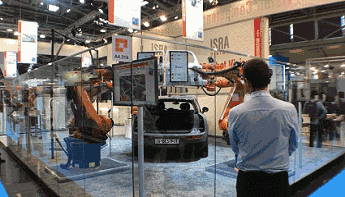
Intelligent robotic hands at the German Robotics Exhibition
Robot cloud service technology refers to robots acting as execution terminals, storing and computing through the cloud, responding to demands immediately and realizing functions effectively, achieving data intercommunication and knowledge sharing, and providing users with a new type of robot service that allows for unlimited expansion and on-demand usage.